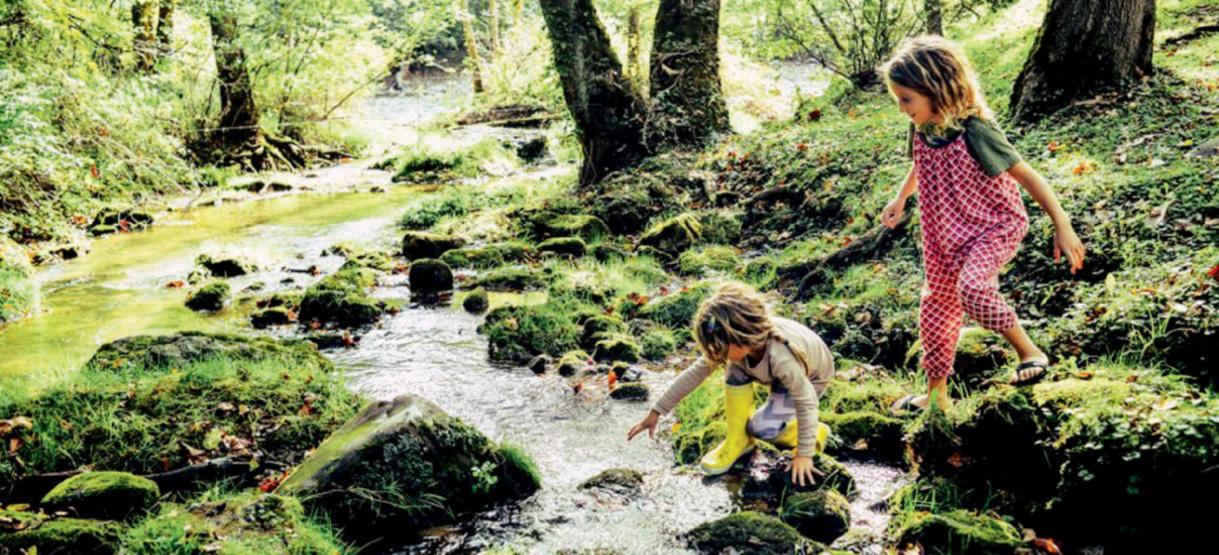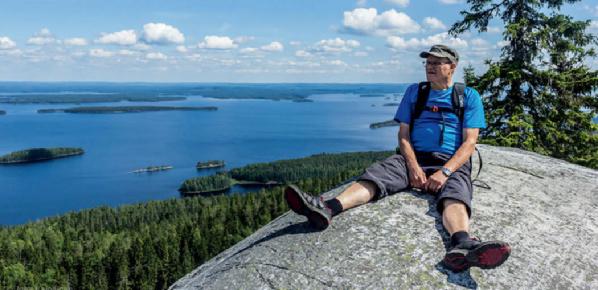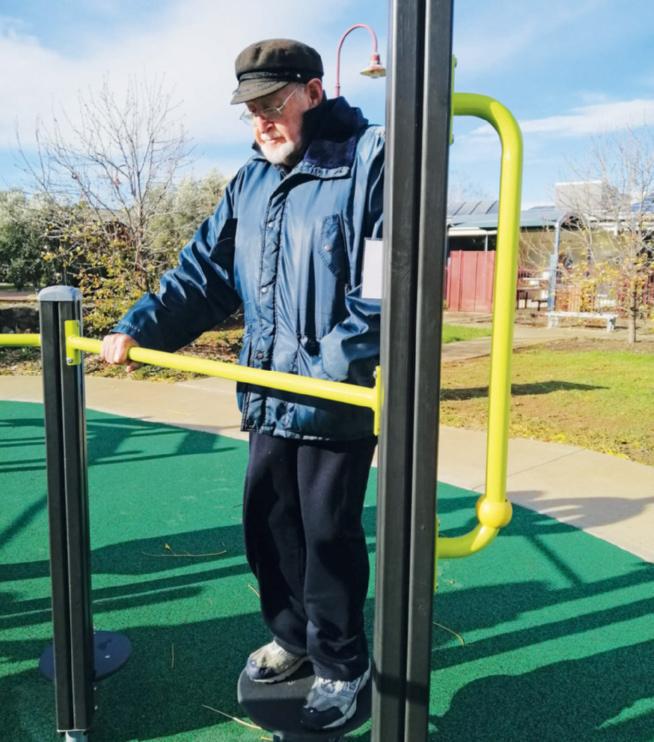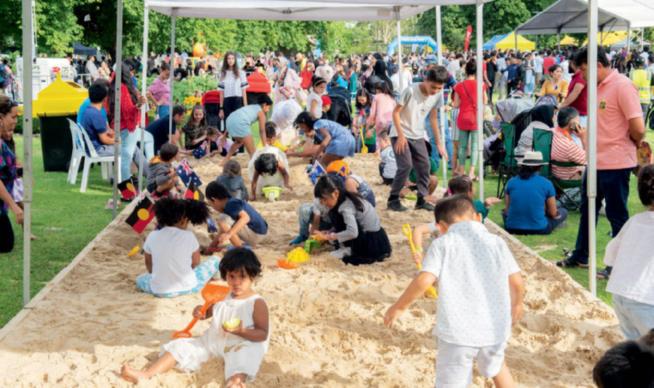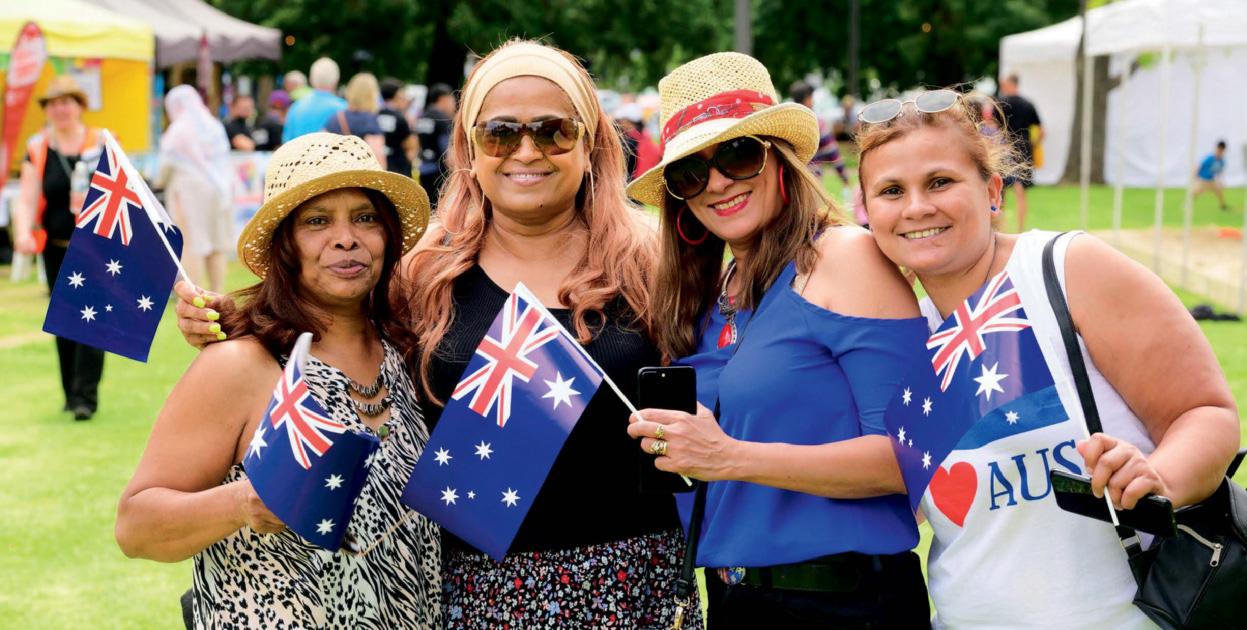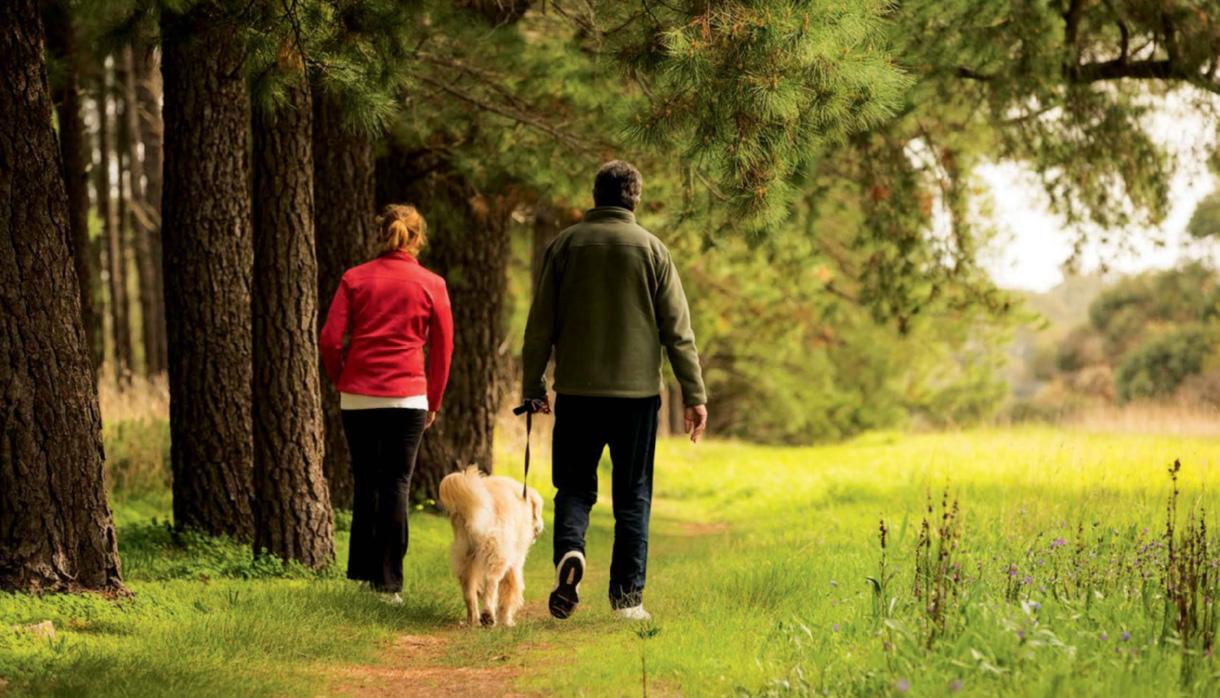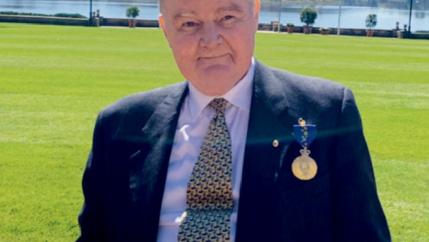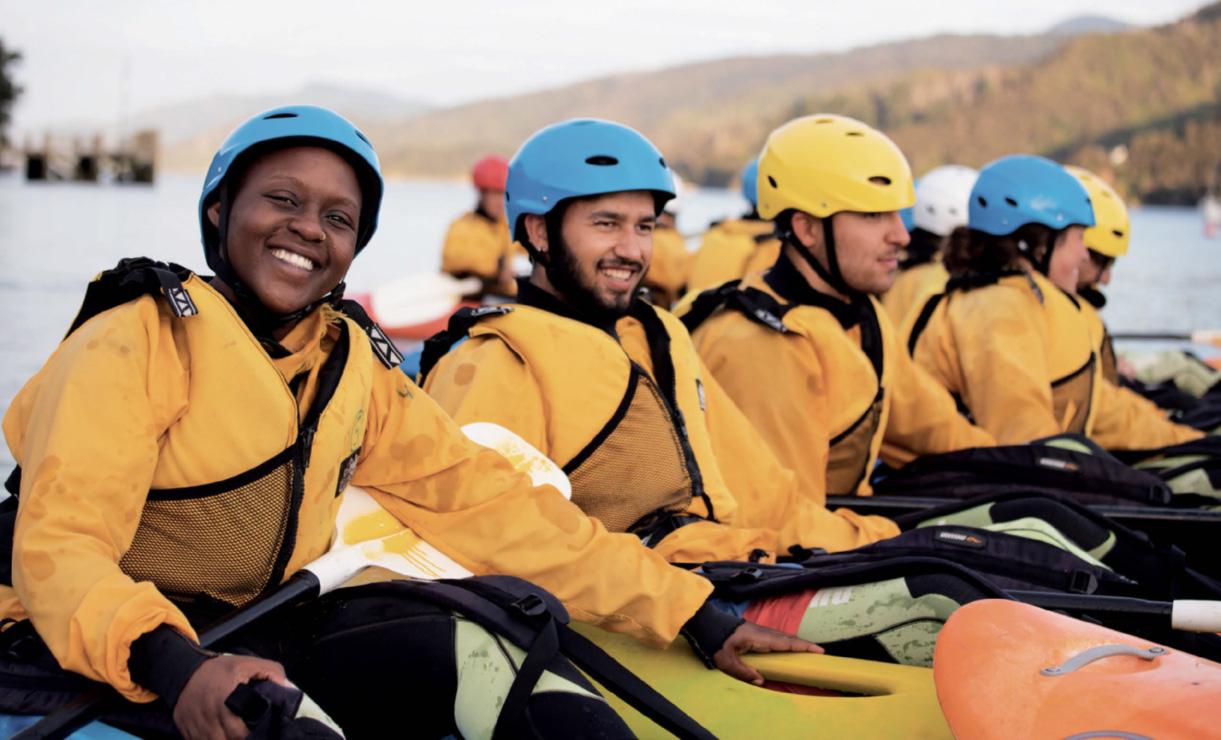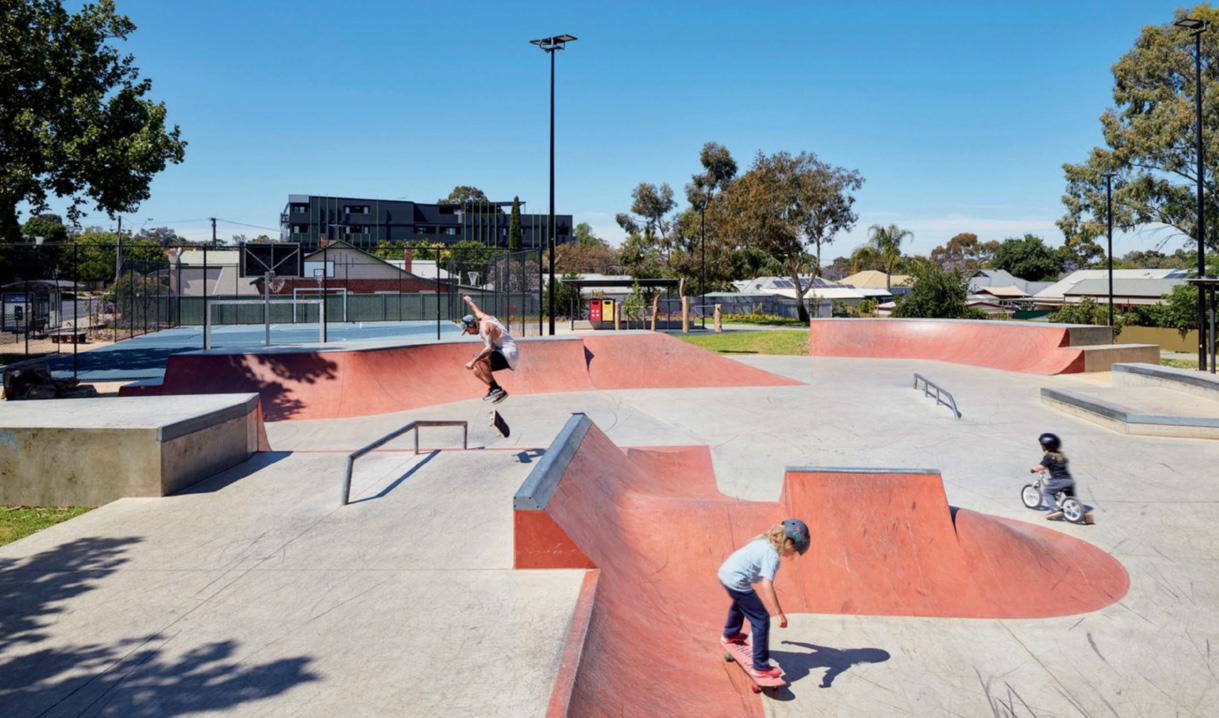RESEARCH CONNECTIONS AUSTRALIA AND NEW ZEALAND
THEORY OF PLANNED BEHAVIOUR: PREDICTING TOURISTS’ PROENVIRONMENTAL INTENTIONS AFTER A HUMPBACK WHALE ENCOUNTER (2019) Authors E Clark, K Mulgrew, L KannisDymand, V Schaffer & R Hoberg Abstract Nature-based experiences can contribute to individuals’ connection to nature and intentions toward sustainable environmental behaviours. Conservation psychology can use tourism as a platform to modify tourists’ intentions and behaviours regarding key marine threats such as single-use plastics. This study examined changes to pro-environmental intentions, particularly regarding plastic use, in 267 nature-based tourists from Australia and Tonga who completed a whale watching/swim experience. A theory of planned behaviour (TPB) framework was used incorporating moral norms and environmental identity, which have been previously implicated in explaining proenvironmental actions. This study found that including moral norms in the TPB model significantly increased the ability to predict pro-environmental intentions. Further, when controlling for the TPB and moral norm variables, environmental identity explained a further 15% of tourists’ pro-environmental intentions. The findings suggest the original TPB model may be less suitable within a marine conservation context. Published Journal of Sustainable Tourism, 27:5. pp 649-667 Download doi.org/10.1080/09669582.2 019.1603237 Cost $44 (US)
THE NEXT FRONTIER IN TOURISM EMOTION RESEARCH (2019) Authors Brent D Moyle, Char-Lee Moyle, Alexandra Bec & Noel Scott Abstract Emotion is emerging as a central concept in tourism research, critical for the delivery of memorable tourism experiences. However, existing approaches in tourism do not
adequately explain the process by which emotions are elicited. Recent advances in cognitive and neuropsychology demonstrate that emotions are elicited through an appraisal process, which occurs in the cortex of the brain. These processes produce chemical monoamine neurotransmitters that lead to bodily feelings, which in turn enable our brain to recognise emotions. This research note draws on Lövheim’s Cube, a self-report scale that provides a proxy indicator of the likely presence of monoamine neurotransmitters of serotonin, dopamine and noradrenaline. Six images of the Great Barrier Reef were used as a stimuli in an online panel survey (n =1 249). Results demonstrate that images used by tourism stakeholders are likely to produce stronger neurological reactions than images from an environmental nongovernmental organisation. Combining recent advances in self-report methods with a neurocognitive approach has the propensity to offers additional insight into emotional reactions to visual stimuli. Further research should focus on the efficacy of utilising self-report measures with cutting edge psychophysiological techniques, such as ambulatory electroencephalography (EEG) to open the door to the next frontier in tourism emotion research. Published Current Issues In Tourism, 22:12. pp 1393-1399 Download doi.org/10.1080/13683500.2 017.1388770 Cost $44 (US)
URBAN HERITAGE WALKS IN A RAPIDLY CHANGING CITY: TENSIONS BETWEEN PRESERVATION AND DEVELOPMENT ON THE GOLD COAST, AUSTRALIA (2020) Author Zelmarie Cantillon Abstract This article examines the emergence of urban heritage walks on the Gold Coast, Australia. As a popular beachside mass tourism destination, the Gold Coast has a longstanding reputation for rapid development and for lacking historical and cultural depth. In this context, heritage walks present an
46 AUSTRALASIAN PARKS AND LEISURE | Summer 2020
opportunity to reorient the city’s identity and to stage a sense of heritage in the urban environment. Focusing on a case study of the Gold Coast’s Southport Heritage Walk (SHW), this article aims to analyse the discursive, material and political dimensions of urban heritage walks, and how practices of heritage unfold in places marked by rapidly changing urban landscapes and resident populations. Drawing on observational fieldwork, as well as interviews with key individuals involved in designing the walks, the article discusses the dominant narratives of history and urban identity enshrined in the SHW, and how these discourses are encountered and interpreted within the context of the contemporary materialities of lived space. Although the SHW aims to highlight the city as a place with a rich history and heritage, the walk’s missing interpretive markers and scarce remnants of built heritage instead emphasise the city’s ongoing tensions between development and preservation. Published Journal Of Heritage Tourism, 15:2. pp 149-163 Download doi.org/10.1080/174387 3X.2019.1618315 Cost $44 (US)
MINDFULNESS PROMOTES SUSTAINABLE TOURISM: THE CASE OF ULURU (2019) Author Eugene Y Chan Abstract Mindfulness refers to the state of being aware, taking note of what is going on within oneself, without any judgment. Mindfulness has been shown to affect decision-making, empathy, and sustainability in non-tourism contexts. We conducted an experiment to see if mindfulness can promote sustainable behaviours in a tourism context. After listening to a mindfulness-inducing audio track, participants expressed a lower preference for a group tour to Uluru, NT, Australia, that prominently featured climbing the sandstone formation as part of the package. Process data suggested that being mindful made participants more aware of the environmental and cultural consequences of their decisions. Our findings contribute to the growing




